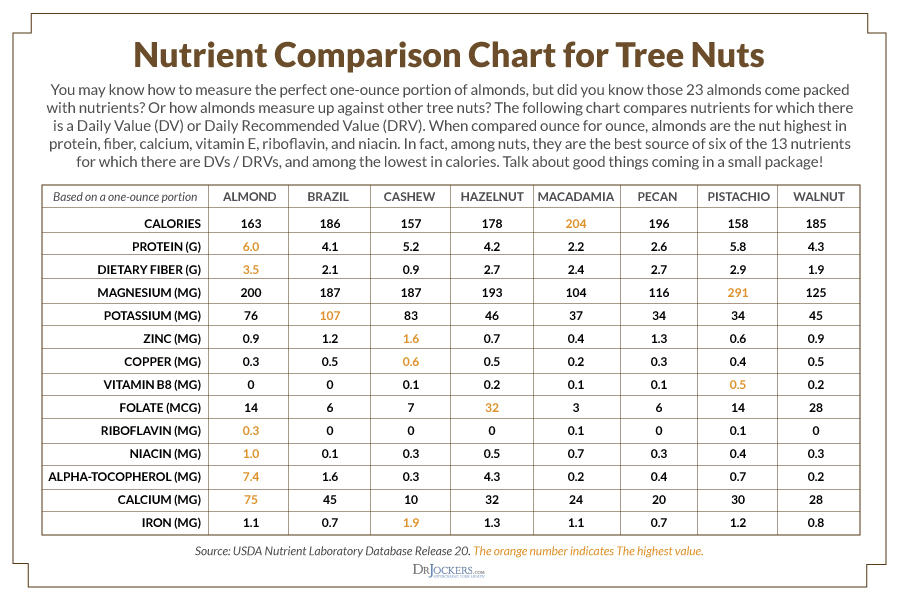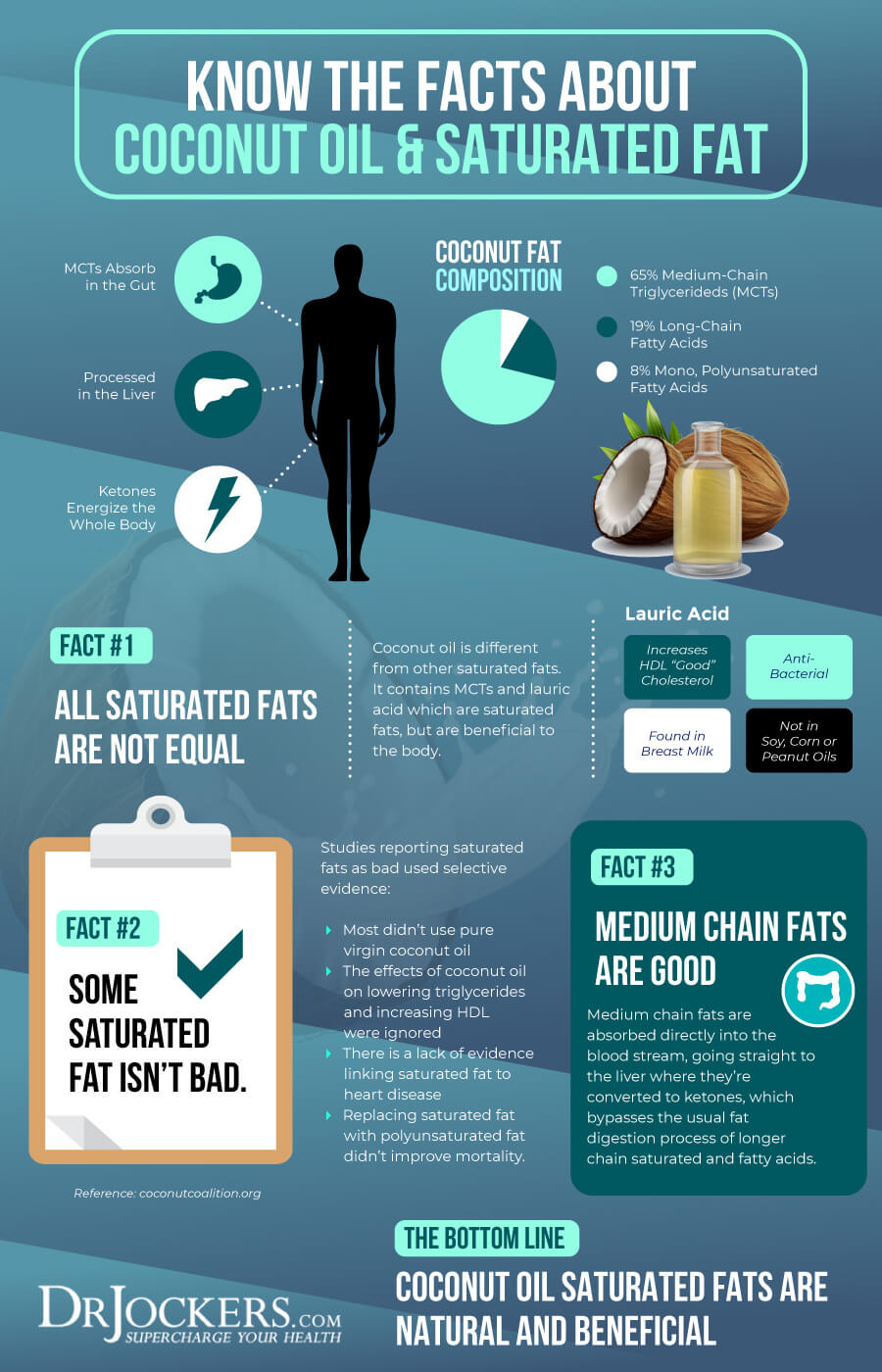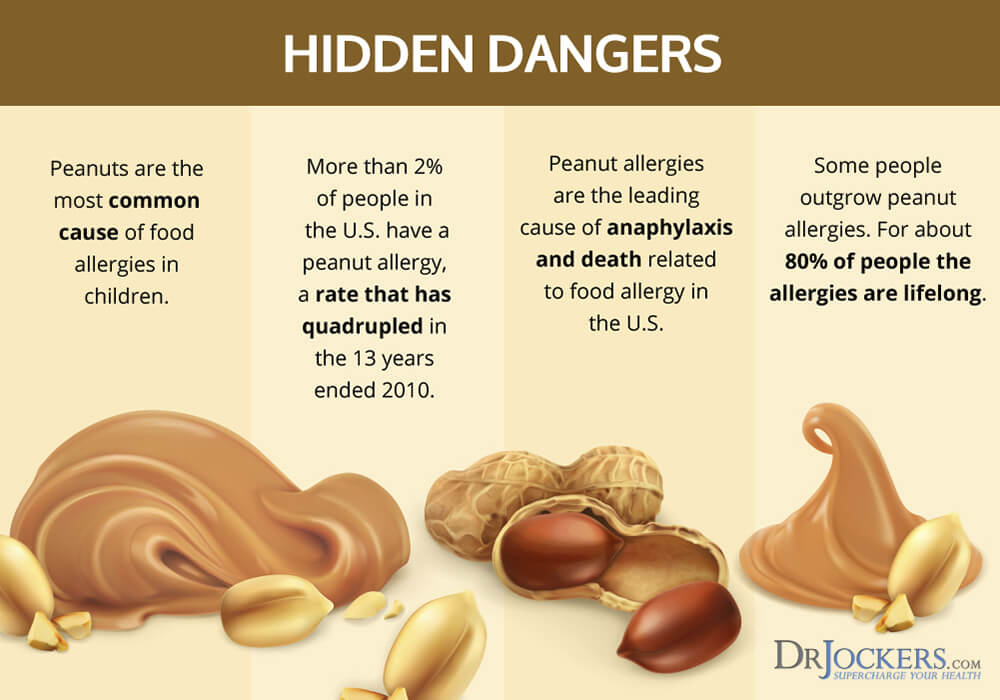The Top 10 Nuts for Your Hormones:
Nuts have been an incredible and wholesome source of nutrients for thousands of years. A longtime addition to the Mediterranean diet, nuts have only recently received the spotlight for their health benefits in modern medicine. The American Heart Association (AMA) refers to nuts as “petite powerhouses of taste and nutrition” (7).
A common and misguided stereotype of nuts labeled these powerhouses as destructive to health. This assumption originated from the knowledge that nuts are a dense source of calories and contain a high fat content. In general, nuts have not only been proven healthy and wholesome but they have actually been shown to aid in weight loss efforts.
Some individuals have issues with leaky gut, histamine intolerance, high oxalates, and high copper and may have more sensitivity to nuts. For most of the population, however, nuts eaten in moderation can be incredibly nutritious.
Nuts Have Health Promoting Factors
Nuts have biologically active compounds available for the development and maintenance of a healthy body. Examples of these compounds that provide antioxidant, anti-inflammatory, and heart health properties are: (1, 2, 3, 4)
Vitamins: Examples include folate, niacin, and tocopherols (make up vitamin E) which many act as powerful antioxidants protecting the body from the damaging effects of free radicals, or highly reactive oxygen atoms.
Minerals: Examples include calcium, selenium, potassium, and magnesium which help protect bone density, and heart health and assist blood sugar regulation.
Phytosterols: A cholesterol-like molecule that interferes with the human body’s ability to absorb cholesterol and helps lower low density lipoprotein cholesterol or the “bad” LDL cholesterol.
Phenolic Compounds: Zeaxanthin and beta-carotene are examples of plant substances that provide color and protection to plants. These compounds serve as antioxidants in the human body. Studies suggest that plant phenols protect the body from cancers, cardiovascular disease, diabetes, osteoporosis, and degenerative nerve diseases. (12)

Nuts Contain a Source of Good Fats
Nuts contain a rich source of mono and polyunsaturated fats which are contributing factors to blood vessel health and hormone production. Nuts, avocados, olives, olive oil, and pasture-raised meats are the best sources of mono and polyunsaturated fatty acids.
Coconuts consist of medium-chain triglycerides (MCTs) which are much healthier than the more prevalent long-chain fatty acids (mono, poly, and fully saturated) that make up approximately 98% of our daily food consumption of meat, dairy, and vegetable oils (9).
The body recognizes the length of these MCTs and breaks them down differently than it does long-chain fatty acids. In particular, it takes bile and pancreatic enzymes to metabolize long-chain fats which use up digestive energy. MCTs are easy on the digestive system and are broken down immediately for energy.
It is still a good idea to get some long-chain fats in your diet through the consumption of healthy nuts, if tolerable, on a regular basis.

Nuts Can Aid Weight Loss
The rise of obesity rates in developed countries such as the United States and Australia has resulted in researchers searching for the greatest risk factors for these concerns. Many people had to readjust their mindset once learning that healthy weight is associated with nut consumption.
An increasing amount of research supports that the combination of the high protein and fiber content of nuts actually promotes weight loss by increasing satiety. One study found that consuming almonds with a meal reduced post-meal blood sugar spikes by 40-50% (5).
Another study associated weight loss with only one serving of nuts per week and found a 7% decrease in patients with metabolic syndrome (4). Measured factors that lowered the rate of metabolic syndrome included a lower prevalence of hyperglycemia, hypertension, and healthier cholesterol levels.
Top 10 Nutrient Rich Nuts:
Each nut contains different amounts of nutrients and contains a variety of antioxidant sources. Unfortunately, many advantages to nut consumption can be limited or destroyed if not utilized properly. Here are a few tips on how to eat and store nuts: (2)
- Oils are released from the nut over time and will cause the nut to oxidize, or go rancid. Store nuts in the fridge for the highest and longest kept quality of nuts.
- Eat whole nuts, unpeeled and unprocessed with no added ingredients such as salt. An analysis of the location of antioxidants found more than 50% concentration contained in the outer soft shell of the nut.
To reap the full benefits of tree nuts, the following provides the top 10 nut varieties you may want to add to your grocery list. Although all top 10 nuts contain an abundance of vitamins and minerals, each nut has nutritional differences compared to one another (2, 5). As with many healthy food sources, nuts should be consumed in moderation and rotated to avoid food sensitivity.
Pecans: Highest caloric composition compared to other tree nuts; Excellent source of vitamin E; Rich source of phytosterols, specifically beta-carotene and zeaxanthin.
Macadamia Nuts: One of the densest caloric loads among nuts at over 300 cals/serving (about 16 nuts); Rich source of phytosterols.
Walnuts: The fat source contained in walnuts is primarily polyunsaturated fatty acids in the form of healthy omega-3 fatty acids, linoleic acid (LA), and alpha-linolenic acid (ALA). These fats are essential for brain health and membrane support for optimal cellular function. Walnuts are in fact the highest edible plant source for ALA. Walnuts are also a rich source of phytosterols.
Walnuts are also special in that they contain the highest amount of melatonin amongst the tree nut varieties and may serve as a healthy addition to dinner or a pre-bed snack. Most of the antioxidant value is retained in walnuts because they are typically consumed raw and unpeeled.
Pistachios: Highest phytosterol content amongst tree nuts.
Brazil Nuts: Highest natural source of selenium which is sufficient to consume only 1 or 2 nuts daily for the recommended requirements. Selenium is reported to prevent coronary artery disease, cancer, and liver cirrhosis.
Almonds: High concentration of fatty acid sources like oleic and palmitoleic acid. Rich source of phytosterols. Studies have found both advantages to almond consumption as well as advantages to the lack of almond consumption.
Women who consumed almonds did have a lower fasting blood sugar level and decreased blood pressure when the heart is at rest known as diastolic blood pressure. On the contrary, the women also had reduced concentrations of “good” high-density lipoprotein (HDL) cholesterol. (13)
Women who did not consume almonds also had favorable health benefits such as a reduction in their LDL cholesterol levels, and increase of HDL cholesterol, and a decrease in the pressure on their arteries when the heart beats known as systolic blood pressure.
Although research supports almonds as a dietary source of fiber, protein, and healthy fats, further investigation is still required to understand the mechanisms that trigger health benefits.
Cashews: Excellent source of B vitamins.
Hazelnuts: One of the richest sources of folate amongst nut varieties and recommended for pregnant and nursing mothers.
Pine Nuts: High concentration of essential fatty acid, pinolenic acid, which may be associated with suppression of appetite.
Coconut: Technically considered a fruit, the Food and Drug Administration includes coconuts as a recognized tree nut. Perhaps due to the botanical origins and limited risk for cross-contamination, The American College of Allergy, Asthma & Immunology suggests that individuals with tree nut allergies can safely consume coconut. (8)

The Amazing Health Benefits of Coconut
Not to single out the amazing health benefits of coconut, but this nut continues to provide health benefits with no known adverse health consequences; unless of course, you are allergic. Before the modern medical community began to understand the health advantages of consuming coconut, traditional medicine used coconut to treat many ailments including asthma, flu, earaches, the common cold, and even ulcers.
Studies today support the many health claims of coconut use and consumption. Coconut is now recognized to have antibacterial, antifungal, and antivirus properties, improve cholesterol, boost immune support, prevent age spots, kidney disease, and heart disease, and provide many other benefits. (9)

Coconut is a Source of Key Nutrients:
Coconut is low in antioxidant content, but the remarkable stability of the MCTs creates an antioxidant like response. Think about it like a great shield that protects cells from oxidative stress. If you are in battle and you have powerful shields, you have fewer casualties and you don’t have to rely on swords and spears quite as much!
Valued for its many purposes, Pacific Islanders called the coconut tree, “The Tree of Life.” Researchers today support dietary consumption of coconut from sources such as oil, milk, water, or the coconut “meat” itself. (9) Coconuts are an excellent source of key minerals such as: (9, 11)
Potassium: Helps control heart rate and blood pressure
Manganese: Aids in metabolism and cognitive performance, prevents free radical damage, and supports the formation of connective tissue, bone, blood clotting factors, and sex hormones
Calcium: Supports bone and teeth development and maintenance, assists in whole body functions such as heart health
Zinc: Responsible for support of the immune system, growth, and development, blood clotting, sense of taste and smell, vision, digestion, and DNA synthesis
Key B Vitamins: Coconuts are an excellent source of B-complex vitamins responsible for carbohydrate metabolism. The breakdown of carbohydrates into glucose, an energy source, enables the body to better utilize fat and protein. B-complex vitamins assist the body in various functions such as neural tube development in babies and proper cellular function. (2, 9, 11)
In particular, coconut is rich in riboflavin (B2), niacin (B3) and folate (B9)

Peanuts: Not a Nut
Perhaps you heard this before but peanuts are in fact not nuts at all. Peanuts are legumes and accurately categorized as groundnuts rather than tree nuts (2). As opposed to the above ground development of tree nuts, peanuts are grown below ground with only the flowering leafy greens flourishing above ground.
Unlike the many health benefits received from consuming tree nuts, peanuts pose health risks. Researchers have measured the decrease in health benefits when peanuts are consumed in combination with tree nuts.
In the same study that analyzed a 7% decrease in metabolic syndrome from tree nut consumption, researchers identified this benefit dropped to only 2% when individuals received a combination of tree nut and peanut. Researchers also noted that only HDL cholesterol, or the “good” cholesterol, decreased with peanut consumption rather than the targeted LDL cholesterol. (4)
Many studies support the reduced risk for coronary heart disease and the possible benefits of reducing the risk of type-2 diabetes with tree nut consumption. These same studies also found that peanuts have a very high ratio of omega-6 fatty acids compared to omega-3. Both fatty acids are essential for brain health but an unbalanced ratio of omega-6 fatty acids to omega-3 has been shown to cause inflammation and do more harm than good. (2)

Add Variety to Your Daily Nut Intake
Nuts are recommended by the FDA and American Heart Association as a wholesome and daily part of any diet (1). The AMA notes a single serving size is 1.5 ounces of nuts (about 30 almonds or 11 whole walnuts) or 2 tsp. of nut butter (7). If you are looking for more ways to receive your recommended daily dose of nuts and add variety, try the following techniques:
- Swap out the frequented candy bowl for pistachios
- Add sliced almonds to your salad
- Add pecan butter to your morning smoothie
- Grind Brazil nuts and coat fish or poultry
- Make homemade salad dressing with pine nuts
- Replace vegetable oils with coconut oils
- Add hazelnuts, cashews, and walnuts into your trail mix with added dark chocolate and organic fruit with no added sugars

Test for Sensitivity
The percentage of people with nut allergens continues to increase annually and is among the top 8 most common food allergens. A peanut allergy dominates the population but allergists estimate that 25-40% of people with peanut allergies are also allergic to a tree nut as well. (8)
Do you suffer from any negative responses following nut consumption or nut products? A few common symptoms might be abdominal pain, difficulty swallowing, itchy throat, or impaired breathing in the form of anaphylaxis. Test for nut intolerance or sensitivity using the following biofeedback test in this article.

Biofeedback Test
Come to a relaxing state lying down in an environment where there are no factors that may contribute to increasing your heart rate. After a few minutes, determine your resting pulse. Take the nut in question and place it on your tongue letting it remain there for approximately 20 seconds. Follow up by counting your resting pulse a second time. (10)
Negative Response: You may have no sensitivity to the specific nut you tested if your heart rate does not increase more than 1 bpm.
Gray Area Response: Your resting pulse increases by 2 or 3 bpm and further testing should be completed.
Positive Response: Heart rate increases by more than 4 bpm and you have identified a source of food sensitivity or intolerance.
You may decide to receive testing in order to determine more definitive conclusions and allergy tests are available. Yet another free and simple allergen test is to only consume the tree nut and monitor your body’s reaction over the following 6-8 hours.
If you have any adverse reactions or symptoms, allergists recommend avoiding any nut or nut product due to the risk of cross contamination (8). You can also use this blood test to determine if you have food sensitivity.
Final Thoughts
Nuts can be a tasty and nutrient dense food to enjoy in your nutrition plan. Unfortunately, not everyone does well with nuts but for those that do, this article reviews the best nuts to use in your diet.
If you want to work with a functional health coach, I recommend this article with tips on how to find a great coach. Our website offers long-distance functional health coaching programs with our world-class team of health coaches. For further support with your health and other goals, just reach out—our fantastic coaches are here to support your journey.
Inflammation Crushing Ebundle
The Inflammation Crushing Ebundle is designed to help you improve your brain, liver, immune system and discover the healing strategies, foods and recipes to burn fat, reduce inflammation and Thrive in Life!
As a doctor of natural medicine, I have spent the past 20 years studying the best healing strategies and worked with hundreds of coaching clients, helping them overcome chronic health conditions and optimize their overall health.
In our Inflammation Crushing Ebundle, I have put together my very best strategies to reduce inflammation and optimize your healing potential. Take a look at what you will get inside these valuable guides below!








Very informative! Please clarify two things:
1) What is the unit of measure re: the comparative list of nuts/seeds? Per what?
2) 3rd paragraph under Almonds, “Women who did NOT consume almonds also had health benefits…” They did not consume almonds but did consume _______ (what)? A variety of other nuts/seeds? Consumed nuts/seeds infrequently or not at all?
Thank you!
I have leaky gut. It’s been suggested to me to only eat raw sprouted nuts & seeds. What are your thoughts on sprouted vs. unsprouted?
Yes sprouted are more bioavailable and better.
found this very informative. I’ve had allergies (three series of allergy shots. Had three miscarriages as I was not getting enough oxygen, so the fetus didn’t either. At age still have some problems but now much better.